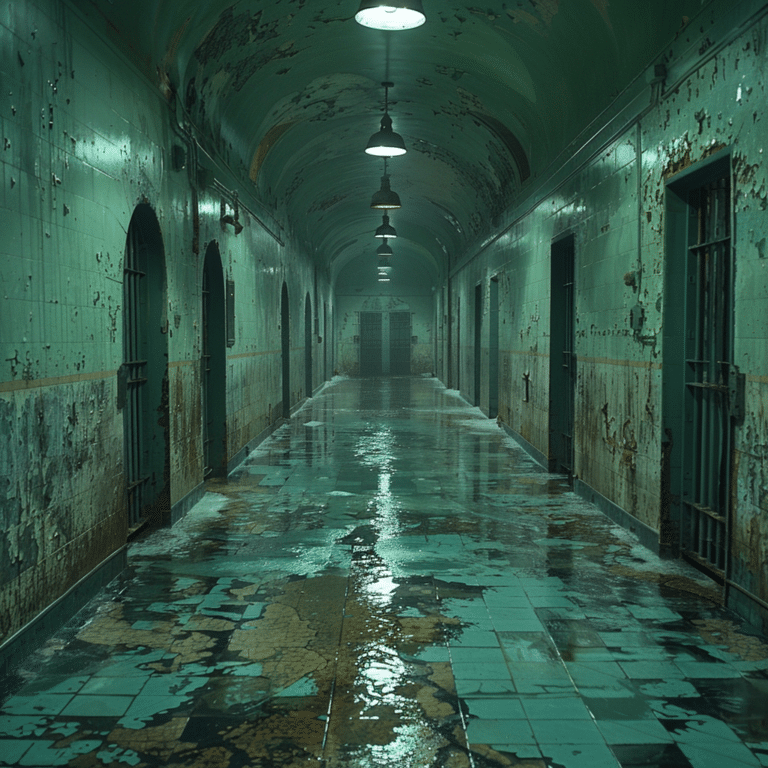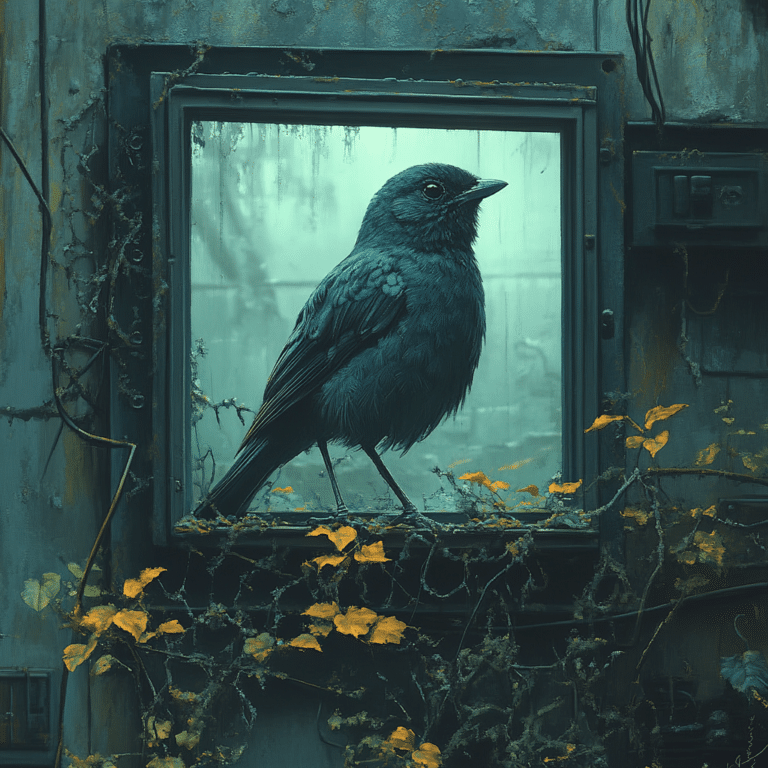Riveting Plot and Setting: A Deep Dive into Briarcliff Manor
American Horror Story: Asylum has captivated audiences with its intricate storytelling and emotionally intense plotlines, unfurling within the eerie and imposing walls of Briarcliff Manor. As one of the most unconventional horror setups on television, the series is celebrated for its heavy atmosphere and dark aesthetics that set it apart. Located in rural Massachusetts, Briarcliff Manor stands as a character in its own right, embodying the claustrophobia and dread faced by its tenants. The 1960s backdrop further enhances the bleak, foreboding tone, juxtaposing the innocence of contemporary history with the terror transpiring within the asylum’s confines.
Briarcliff Manor is not your run-of-the-mill haunted institution. Its design exudes an atmosphere so tense that you can almost hear the whispers of past horrors seeping through walls. The chilling structure and intense narrative trapped within its confines craft an unnerving viewing experience that keeps you tethered to the edge of your seat. Not to mention, AHS: Asylum takes inspiration from real-life horrors like the Willowbrook State School, adding to its bone-chilling realism.

Memorable Characters: An Ensemble Cast Delivering Top-Notch Performances
Among the cast, a few standout characters deliver truly unforgettable performances.
Sister Jude Martin (Jessica Lange)
Jessica Lange’s portrayal of the stern yet troubled nun won critical acclaim, with her nuanced performance delving into themes of guilt, redemption, and the unraveling of sanity. Lange’s ability to evoke both sympathy and fear created a multi-dimensional character that stands as one of the most iconic in not just this season but the entire American Horror Story Asylum series.
Dr. Arthur Arden (James Cromwell)
James Cromwell’s Dr. Arden is chillingly complex, a character whose malicious actions are rooted in horrific historical contexts. His Nazi past and inhumane experiments on patients serve as a grim reminder of real-world atrocities, making viewers question the limits of redemption. Cromwell’s performance was bone-chilling, earning him a well-deserved Primetime Emmy Award.
Kit Walker (Evan Peters)
Portraying an everyman wrongly committed to Briarcliff, Evan Peters’ Kit Walker becomes a symbol of innocence lost and the enduring fight for truth. Peters’ emotional range breathes life into the character’s journey from despair to liberation, resonating deeply with the audience. The character’s struggles reflect the heart-wrenching impacts of false accusations and societal persecution.
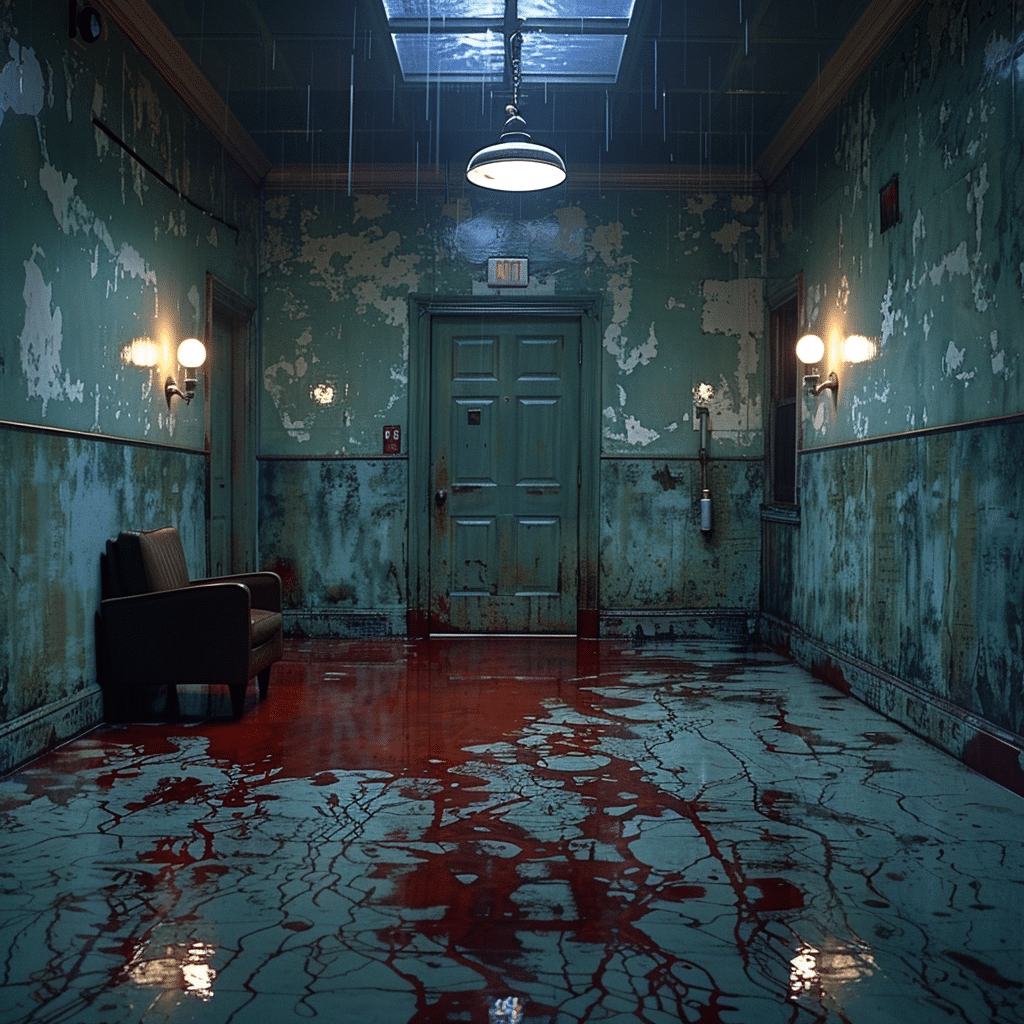
| Category | Details |
| Title | American Horror Story: Asylum |
| Season | 2 |
| Release Date | October 17, 2012 – January 23, 2013 |
| Creator | Ryan Murphy, Brad Falchuk |
| Setting | 1964, Briarcliff Manor (fictional mental institution) |
| Main Themes | Horror, Psychological Drama, Thriller |
| Inspirations | Real-life horrors like the Willowbrook State School, real people and events related to characters like Lana Winters, Kit & Alma Walker |
| Key Characters | – Sister Jude (Jessica Lange) – Lana Winters (Sarah Paulson) – Kit Walker (Evan Peters) – Pepper (Naomi Grossman) |
| Plot Summary | Takes place in 1964 and explores the lives of staff and inmates at Briarcliff Manor. The storyline weaves between past and present events, revolving around supernatural and real-life horrors inside the asylum. |
| Antagonists | Dr. Arthur Arden (James Cromwell), Oliver Thredson (Zachary Quinto), Bloody Face |
| Supernatural Elements | Mutants, Aliens, Demons |
| Realism | Incorporates real historical references and people, adds to the chilling realism |
| Production Notes | Naomi Grossman underwent significant transformation via prosthetics and makeup to portray Pepper, including shaving her head |
| Critical Reception | Generally positive, praised for its acting, story, and atmosphere |
| Awards | Emmy Awards, including Outstanding Supporting Actor in a Miniseries or Movie (James Cromwell) |
Themes and Social Commentary: Beyond Mere Entertainment
American Horror Story Asylum isn’t content with being just a horror series; it delves into serious social themes, reflecting on the darker aspects of human nature and historical wrongs. The season addresses:
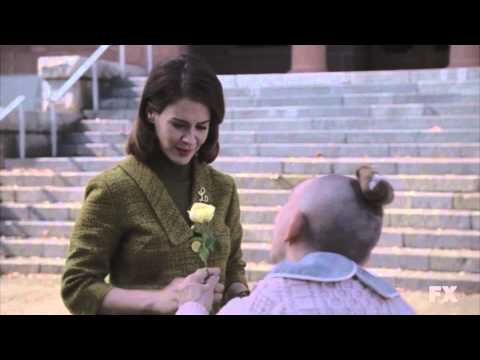
Awards and Acclaim: Industry Recognition
The high-caliber performances and excellent production elements of American Horror Story: Asylum did not go unnoticed. The series garnered significant accolades, which include:
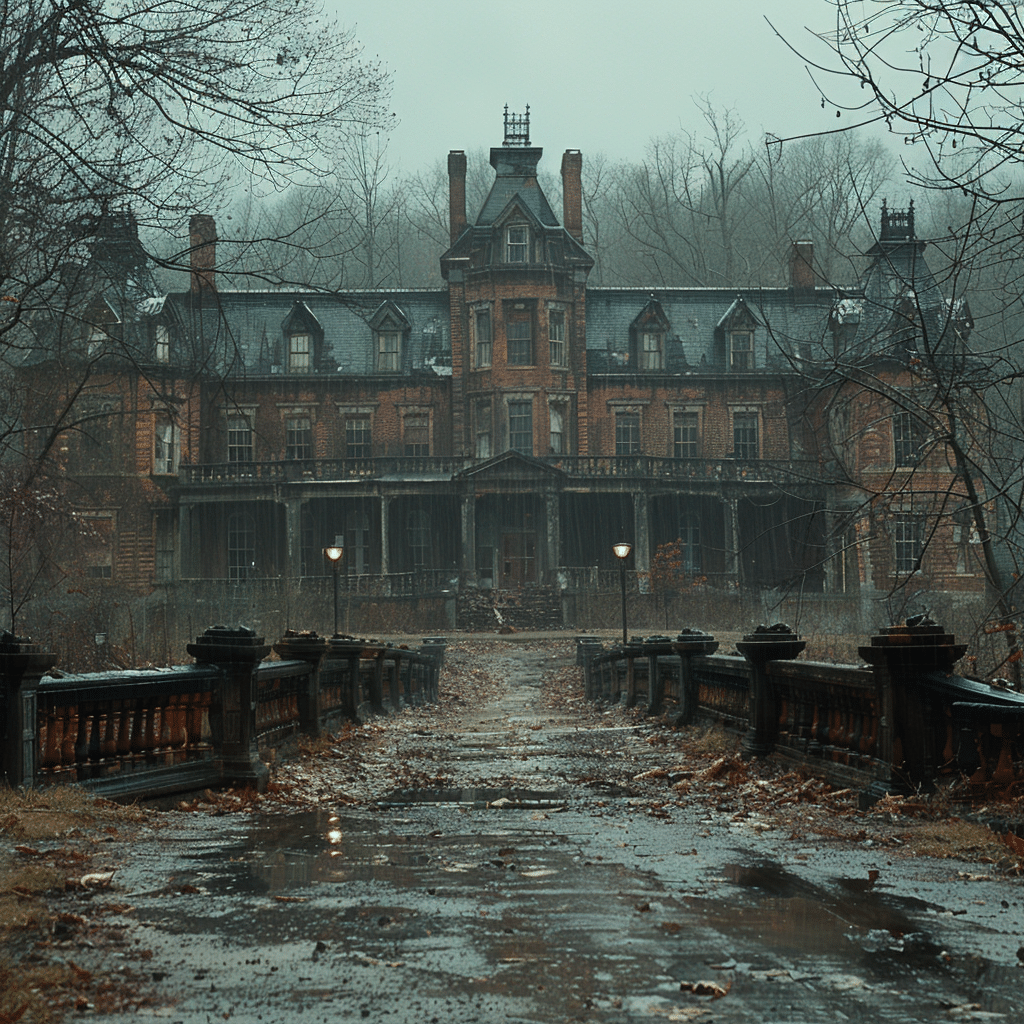
Cultural Impact: American Horror Story Asylum’s Enduring Legacy
The second season of American Horror Story has left an indelible mark on the horror genre, influencing subsequent TV shows and movies with its unique blend of psychological and supernatural horror. The procedural shifts in storytelling and bold thematic explorations have paved the way for more ambitious horror narratives. Fan theories and online communities continue to dissect every facet of the series, proving its lasting engagement and impact.
Moreover, the series’s unique approach to horror and social commentary continues to resonate, inspiring discussions on various platforms. The show’s cultural relevance remains strong, drawing in new viewers and keeping long-time fans invested.
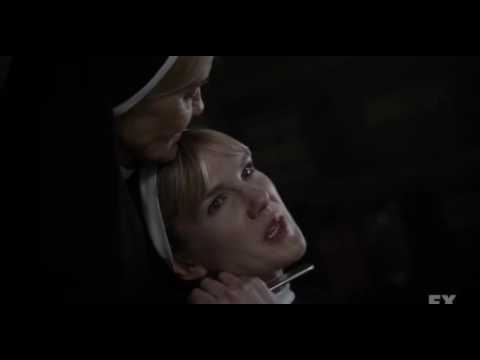
Innovative Wrap-Up
American Horror Story: Asylum stands as a testament to what horror television can achieve—melding intricate character studies with broader social critique, all wrapped in a beautifully grotesque package. Its fearless approach to taboo subjects and the human condition elevates it beyond mere entertainment, crafting a wholly immersive experience that continues to haunt audiences years after its initial airing.
Its legacy lies in its ability to blend terror with intellectual engagement, inviting viewers to not only watch but also think deeply about the world around them. Whether examining the horrors of history or the complexities of human nature, American Horror Story: Asylum proves that horror can be profound, relevant, and enduringly impactful.
This article is ready to engage both horror enthusiasts and thoughtful viewers who appreciate a deeper narrative. Remember, behind every scream in American Horror Story: Asylum, there’s a whisper of critique urging us to reflect on our own society’s shadows. For more information on related topics, check out Abercrombie return or read about the Adnan Syed supreme court.
Best American Horror Story Asylum Review
Unsettling Realism
“American Horror Story: Asylum” is known for its chilling and gritty portrayal of a 1960s mental institution. What some fans might not know is that the storylines draw heavily from actual historical events, making the horror even more unsettling. Unlike many horror shows that get tangled in supernatural weeds, this series tackles real-life issues like unethical medical practices and frenzy-inducing mental health treatments. Speaking of realistic portrayals, did you know actors such as Alvy Moore often delved into method acting to fully embody their characters? This dedication adds layers of authenticity you can almost feel through the screen.
Unexpected Inspirations
One of the most fascinating aspects is where the showrunners drew their inspiration. It turns out, “American Horror Story: Asylum” was influenced by stories far and wide, from strike tv series season 2 dramas to eerie sci-fi concepts. The tantalizing blend of these elements is designed to grip the audience, making every twist and turn more unpredictable than the last. If you’re the sort that geeks out over storytelling and thematic depth, the melange seen here holds a vault of aha moments.
Machine-Like Efficiency
While the creepiness factor plays a large part, the production’s logistical aspects deserve a nod too. Imagine the complexity involved in creating the perfect eerie setting — akin to managing intricate rent manager software. The technical crew worked round the clock, ensuring every detail, from the creaking doors to the flickering lights, contributed to an overall menacing atmosphere. It’s no small feat maintaining that kind of quality control.
Real World Parallels
Finally, let’s draw some real-world connections. The sociopolitical undercurrents in “American Horror Story: Asylum” are incredibly striking. With the way this season addresses issues like lobotomies and cruel treatment of mental patients, it might remind you of actual cases and reforms that swept the nation, comparable to processes in job relocation. It serves as a grim reminder of where we’ve been and the work still needed to improve mental health care. If you’re looking to delve even deeper, you might also draw parallels with more abstract, dark fantasy genres like Isekai Meikyuu de harem Wo, blending real-life horror with speculative fiction.
In sum, “American Horror Story: Asylum” isn’t just another mindless scare-fest. Each episode is a meticulously crafted mosaic of historicity, psychological horror, and cinematic innovation. Whether you’re a die-hard fan or a casual viewer, there’s always something new to discover and appreciate, much like hunting for the best mortgage rate—a( treasure trove of complex yet rewarding elements.
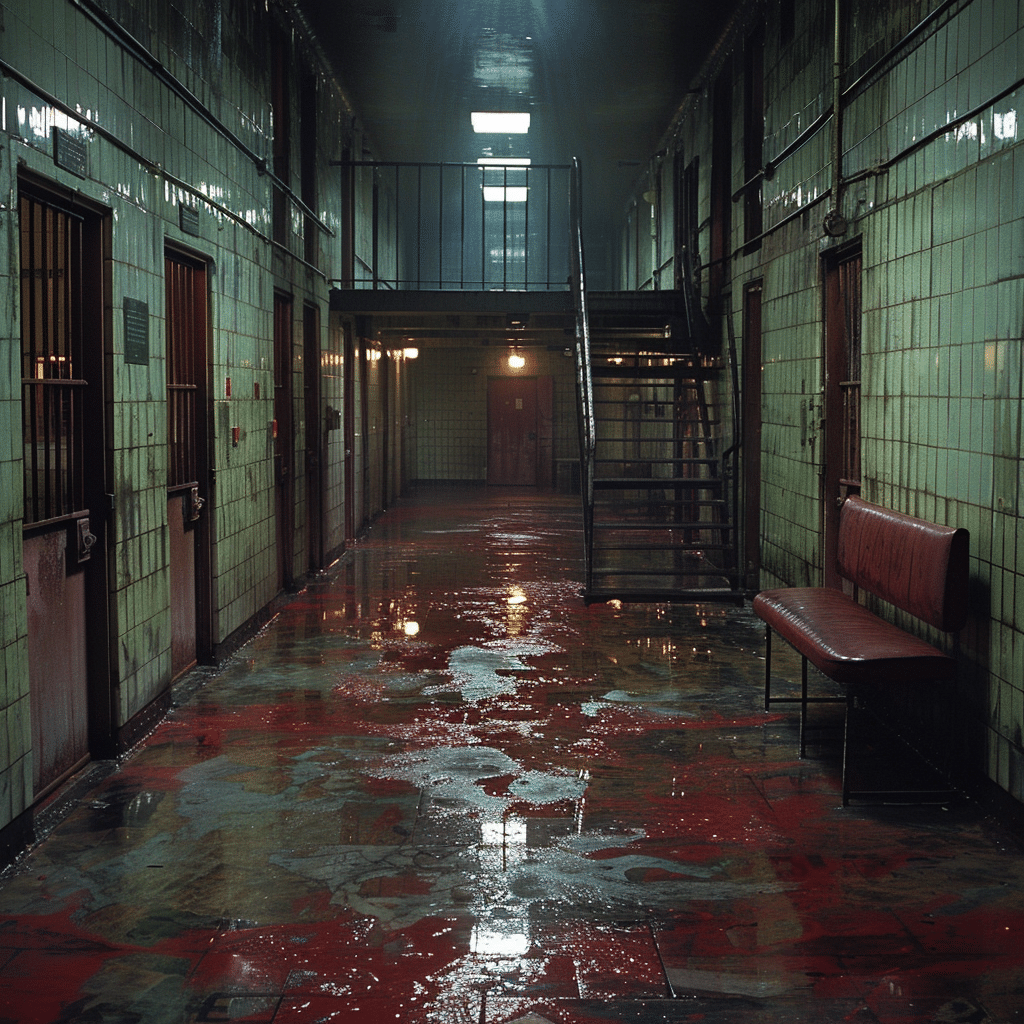
What is American Horror Story: Asylum based off of?
AHS: Asylum takes inspiration from horrifying real-life events like those at the Willowbrook State School, which makes its storyline even more chilling. Characters like Lana Winters, and Kit and Alma Walker draw from real people and incidents, adding an unsettling degree of realism.
What season is the insane asylum in American Horror Story?
The insane asylum in American Horror Story is the setting for the second season, Asylum.
What happens in AHS: Asylum?
In AHS: Asylum, set in 1964, the story weaves through the lives of the staff and inmates of Briarcliff Manor, a Church-run institution for the criminally insane. The plot jumps between past and present, with threats like Nazis, serial killers, mutants, and aliens lurking around every corner.
Who is the weird looking girl in American Horror Story: Asylum?
The weird-looking girl in American Horror Story: Asylum is Pepper, played by Naomi Grossman.
Who is the deformed girl in American Horror Story: Asylum?
The deformed girl in American Horror Story: Asylum is also Pepper, portrayed by Naomi Grossman. Her transformation was achieved through the use of extensive prosthetics and makeup, and Grossman even shaved her head for the role.
Who is Pepper based on?
Pepper is partially based on Schlitzie, a real-life sideshow performer with microcephaly who appeared in the 1932 movie “Freaks.”
What is the scariest episode of American Horror Story?
The scariest episode of American Horror Story is often debated, but “Welcome to Briarcliff” from Asylum is frequently mentioned due to its intense atmosphere and disturbing scenes.
Is Freak Show and Asylum connected?
Yes, Freak Show and Asylum are connected through the character of Pepper. Her story in Freak Show provides a backstory that feeds directly into her time at Briarcliff in Asylum.
What is the most messed up season of AHS?
Many fans consider AHS: Asylum to be the most messed up season due to its heavy themes and dark storylines involving torture, abuse, and psychiatric horror.
Does American Horror Story: Asylum have a happy ending?
AHS: Asylum doesn’t have a traditionally happy ending. While some characters do find a form of closure, the dark and twisted nature of their experiences casts a lingering shadow.
What happens to Kit at the end of Asylum?
At the end of Asylum, Kit Walker is abducted by aliens after leaving Briarcliff and later disappears mysteriously without a trace, leaving behind his children.
Does Kit get out of the Asylum?
Yes, Kit Walker does manage to escape the Asylum and builds a life outside its walls, but his final fate involves another alien abduction.
Who is the possessed kid in American Horror Story: Asylum?
The possessed kid in American Horror Story: Asylum is Jed Potter, who becomes possessed by a demonic entity early in the season.
Who is the killer in American Horror Story: Asylum?
The killer in American Horror Story: Asylum is Dr. Oliver Thredson, who is revealed to be the infamous Bloody Face, a serial killer responsible for gruesome murders.
What happened to Shelley in Asylum?
Shelley in Asylum meets a tragic fate. She’s mutilated and experimented on by Dr. Arden, eventually becoming a mutated creature. Her suffering ends when she is mercifully killed by Monsignor Howard.

